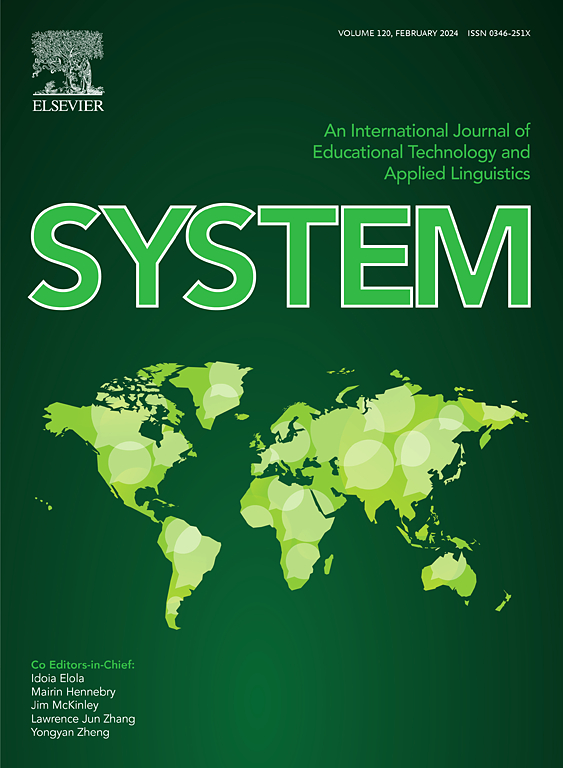情绪调节能为学术活力铺平道路吗?来自中国大学生EMI项目的证据
IF 5.6
1区 文学
Q1 EDUCATION & EDUCATIONAL RESEARCH
引用次数: 0
摘要
通过英语媒介教学(EMI)进行日常学习的挑战和挫折是一种情绪密集的体验,因此通过适应性和有效的情绪调节策略来支持学习者发展浮力至关重要。本质性研究探讨EMI学习者所采用的情绪调节策略,以及这些策略如何有助于学业浮力。本研究通过半结构化访谈和每周反思日志的方式收集了13名中国大学生的数据。基于归纳和演绎分析的结合,该研究表明,学生使用了多种情绪调节策略,涵盖了Pekrun(2006)分类中的四类。此外,研究结果还表明,不同的情绪策略调节行为导致不同程度的学业浮力,从高浮力(表现为学习强化)到中等浮力(表现为学习坚持),再到低浮力(表现为抗拒和辍学)。鉴于这些发现,EMI项目应纳入旨在帮助学生更好地理解和调节自己情绪的培训。最重要的是,这样的项目应该专注于利用有效的情绪调节策略来提高学习积极性,从而促进学生的整体成功。本文章由计算机程序翻译,如有差异,请以英文原文为准。
Can emotion regulation pave the way to academic buoyancy? Evidence from Chinese university students in EMI programs
Learning through English-medium instruction (EMI) with daily academic challenges and setbacks is an emotion-intensive experience, making it essential to support learners in developing buoyancy through adaptive and effective emotion regulation strategies. This qualitative study investigates the emotion regulation strategies employed by EMI learners and how these strategies contribute to academic buoyancy. Data were collected through semi-structured interviews and weekly reflective journals from 13 university students in China. Based on a combination of inductive and deductive analysis, the study reveals that students utilized a diverse array of emotion regulation strategies covering the four categories in Pekrun's (2006) taxonomy. Moreover, the findings indicate that different strategic emotion regulation behaviors led to varying levels of academic buoyancy, from high buoyancy, characterized by study enhancement, through moderate buoyancy, exemplified by study persistence, to low buoyancy, which manifested as resistance and dropout. In light of these findings, EMI programs should incorporate training designed to help students better understand and regulate their emotions. Most importantly, such programs should focus on leveraging effective emotion regulation strategies to enhance academic buoyancy, thereby promoting overall student success.
求助全文
通过发布文献求助,成功后即可免费获取论文全文。
去求助
来源期刊

System
Multiple-
CiteScore
8.80
自引率
8.30%
发文量
202
审稿时长
64 days
期刊介绍:
This international journal is devoted to the applications of educational technology and applied linguistics to problems of foreign language teaching and learning. Attention is paid to all languages and to problems associated with the study and teaching of English as a second or foreign language. The journal serves as a vehicle of expression for colleagues in developing countries. System prefers its contributors to provide articles which have a sound theoretical base with a visible practical application which can be generalized. The review section may take up works of a more theoretical nature to broaden the background.
 求助内容:
求助内容: 应助结果提醒方式:
应助结果提醒方式:


